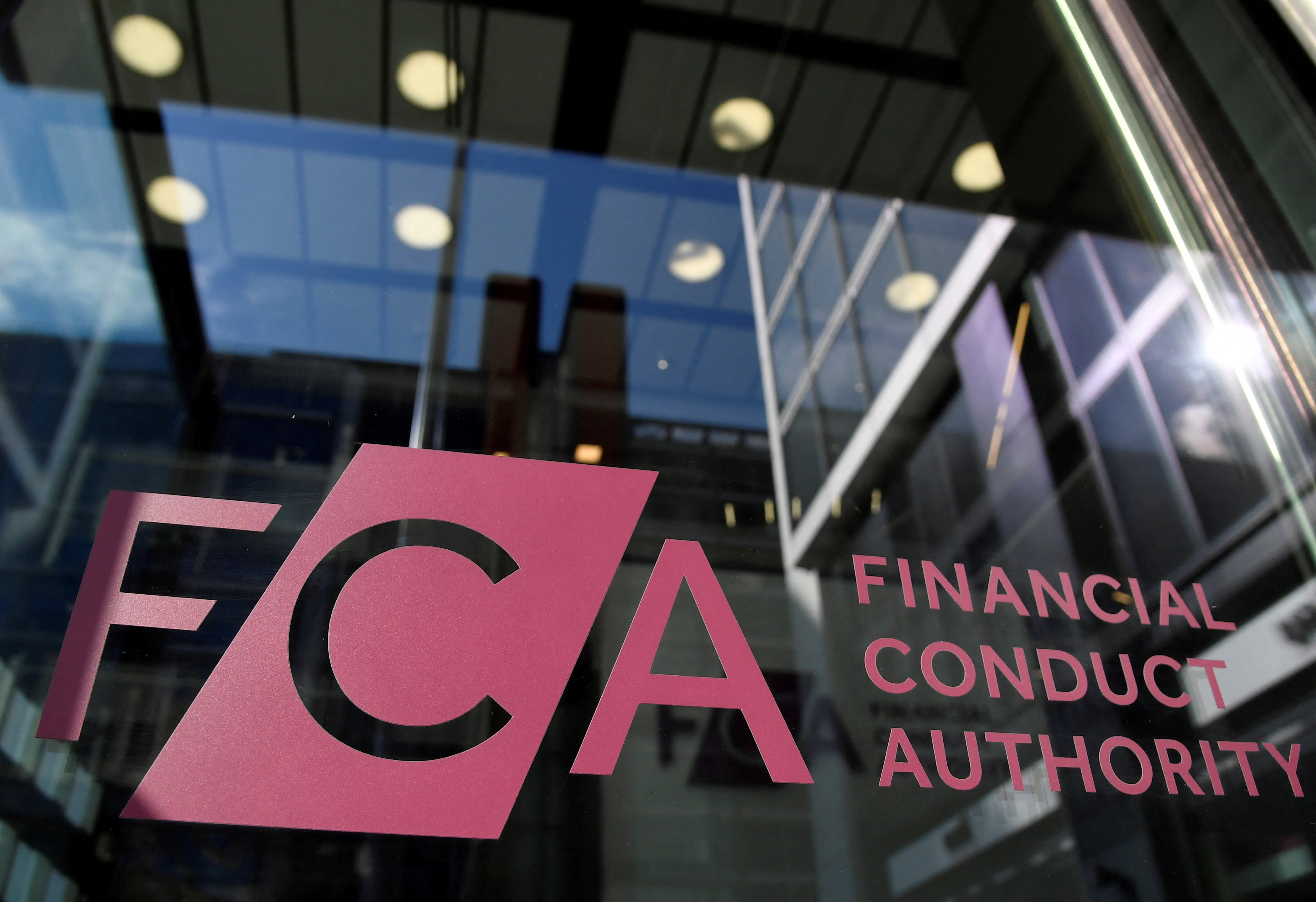
I cannot help noticing how everyone loves tracker funds at the moment.
Also, everyone loves artificial intelligence stocks. Having spent 40 years watching markets, that makes my eyebrows rise.
Tracker funds have indeed performed splendidly in recent years. Their outperformance of the average active equity fund is not just down to lower fees — though these costs do add up over the years — but also down to what they hold.
How tracker funds have changed
A tracker fund copies the index — which is not an investment portfolio, nor does it have any natural diversification or balance, it just holds all stocks biased towards the ones that have gone up.
Ten years ago the MSCI All-World index was 51 per cent US equities, 8 per cent Japanese and 7 per cent UK. It is now 64 per cent US equities, 5 per cent Japanese and 4 per cent UK.
So tracker funds provide a substantial exposure to the US market, almost to the detriment of everywhere else.
Similarly, by sector, 10 years ago the largest sectors in the global index were financials at 21 per cent, followed by technology and consumer discretionary stocks at 14 per cent each. Those weightings are now tech 24 per cent, financials 16 per cent and consumer discretionary 10 per cent. Furthermore, the top 10 tech stocks on their own comprise 20 per cent of any global index fund — that figure was 8 per cent a decade ago.
This has two ramifications. First, it should be no surprise that equities look more expensive, that the price-to-earnings ratio of the index is higher than it was decades ago.
Tech companies are faster growing, more profitable and less inclined to sudden catastrophe than financials, so an index dominated by tech should trade on much higher earnings ratios than one full of banks — and it does.
Of course, when most of the performance is in the top 10 stocks, and they are 20 per cent of your tracker, you are probably not that worried about diversification. Indeed that may seem something old-fashioned investors worry about.
Alternatively, old-fashioned investors might see the boom in the share prices of AI-related stocks and the boom in tracker investors as a self-feeding and circular phenomenon.
Whatever your view of the opportunity arising from tech investing, a 20 per cent exposure in the space is taking a strong stance, and paying little attention to the benefits of diversification.
What is the AI boom worth?
Like many, I believe AI is a big thing. The term encompasses recent advances in computing power, not just in ChatGPT and Large Language Models — which mainly improve language-dependent workflows — but also advances in data analysis for industrial, medical, logistics and public service systems. There are hundreds of examples of productivity improvements, and company updates across a broad range of sectors are revealing more each week.





